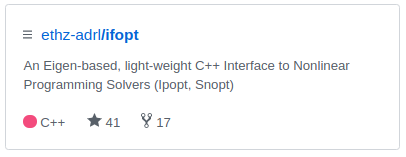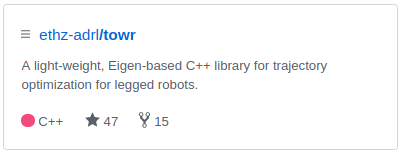Trajectory Optimization for Legged Robots
Alexander W. Winkler, Dario Bellicoso, Marco Hutter, Jonas Buchli
Paper published in IEEE Robotic and Automation Letters (RA-L 2018) \( \cdot \) DOI: 10.1109/LRA.2018.2798285


Why legged machines?
\( \bullet \) traverse rubble in earthquake \( \bullet \) reach trapped humans \( \bullet \) climb stairs \( \bullet \)...
Agility ...vs rolling
Strength ...vs flying
\( \bullet \) carry heavy payload \( \bullet \) open heavy doors \( \bullet \) rescue humans \( \bullet \) ...
vs

Source:
ANYbotics, Anymal bear, "Image: https://www.anybotics.com/anymal", 2018; Boston Dynamics, Atlas, "Image: https://www.bostondynamics.com/atlas", 2016; Italian Institute of Technology, HyQ2Max "Image: https://dls.iit.it/robots/hyq2max, 2018; Alphabet Waymo, Firefly car, "Image: https://waymo.com", 2016, DJI, Phantom 2 drone, "Image: https://www.dji.com/phantom-2", 2016
Source: https://www.youtube.com/watch?v=NX7QNWEGcNIa
Source: https://www.youtube.com/watch?v=arCOVKxGy9E


Goal \( \cdot \) position \( \cdot \) velocity \( \cdot \) duration \( \cdot \)
Robot \( \cdot \) kinematic \( \cdot \) dynamic
Environment \( \cdot \) terrain \( \cdot \) friction \( \cdot \) ...
Desired Motion-Plan
Actuator Commands
force \( \cdot \) torque
Tracking
Controller
off-the-shelf
NLP Solver
Mathematical Optimization Problem
Direct Method
Collocation
?
Task



Optimization-based
Motion Planning
Gait and Trajectory Optimization for Legged Systems through Phase-based End-Effector Parameterization
IEEE Robotic and Automation Letters (RA-L) \( \cdot \) 2018
A. W. Winkler, D. Bellicoso, M. Hutter, J. Buchli
- Contact schedule
- CoM height (no jumps)
- Body orientation (horizontal)
- Foothold height (flat ground)
Mathematical Optimization Problem
predefined / "factorized":
Why integrated motion-planning?
restrict search space



all motion-plans \( \{ \mathbf{x}(t), \mathbf{u}(t) \} \)



fullfills all contraints
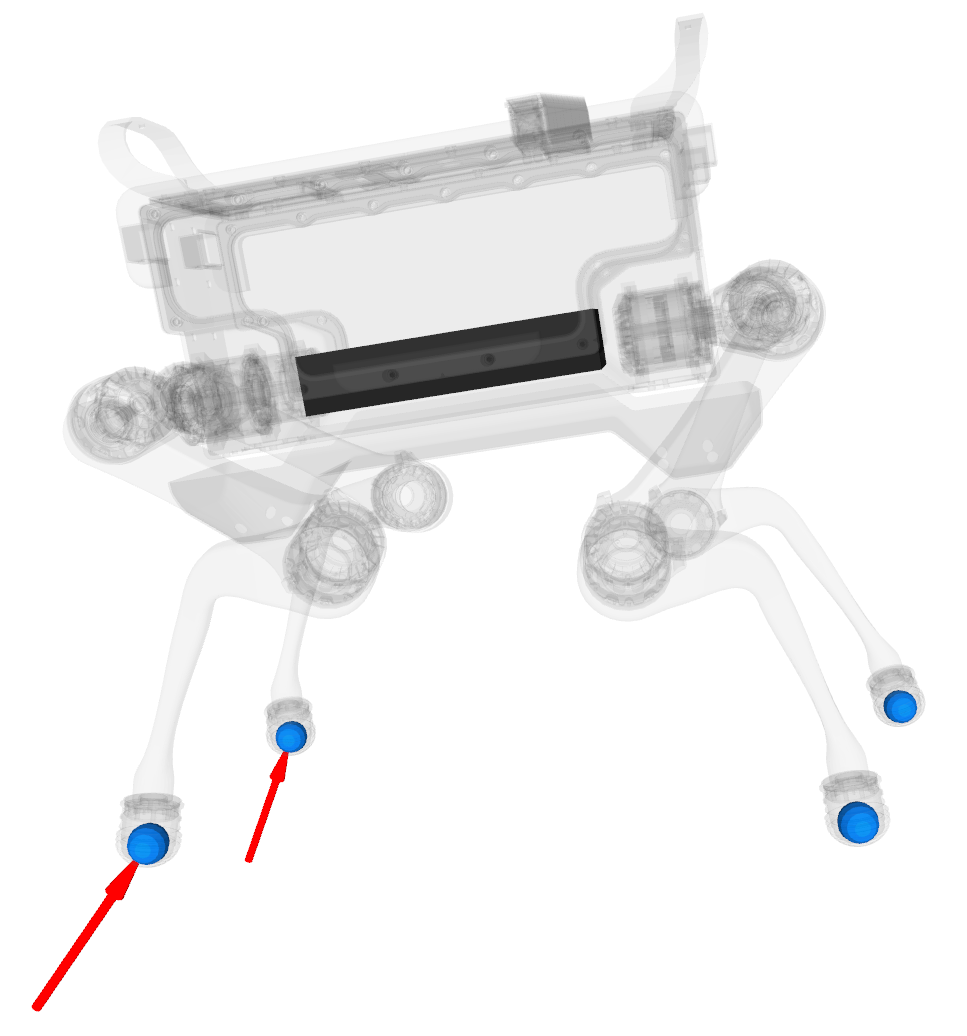
Towards integrated motion-planning

keeping search-space as open as possible
Dynamic Model
Single Rigid Body \( \cdot \) Newton-Euler Equations


Kinematic Model
Range-of-Motion Box \(\approx\) Joint limits
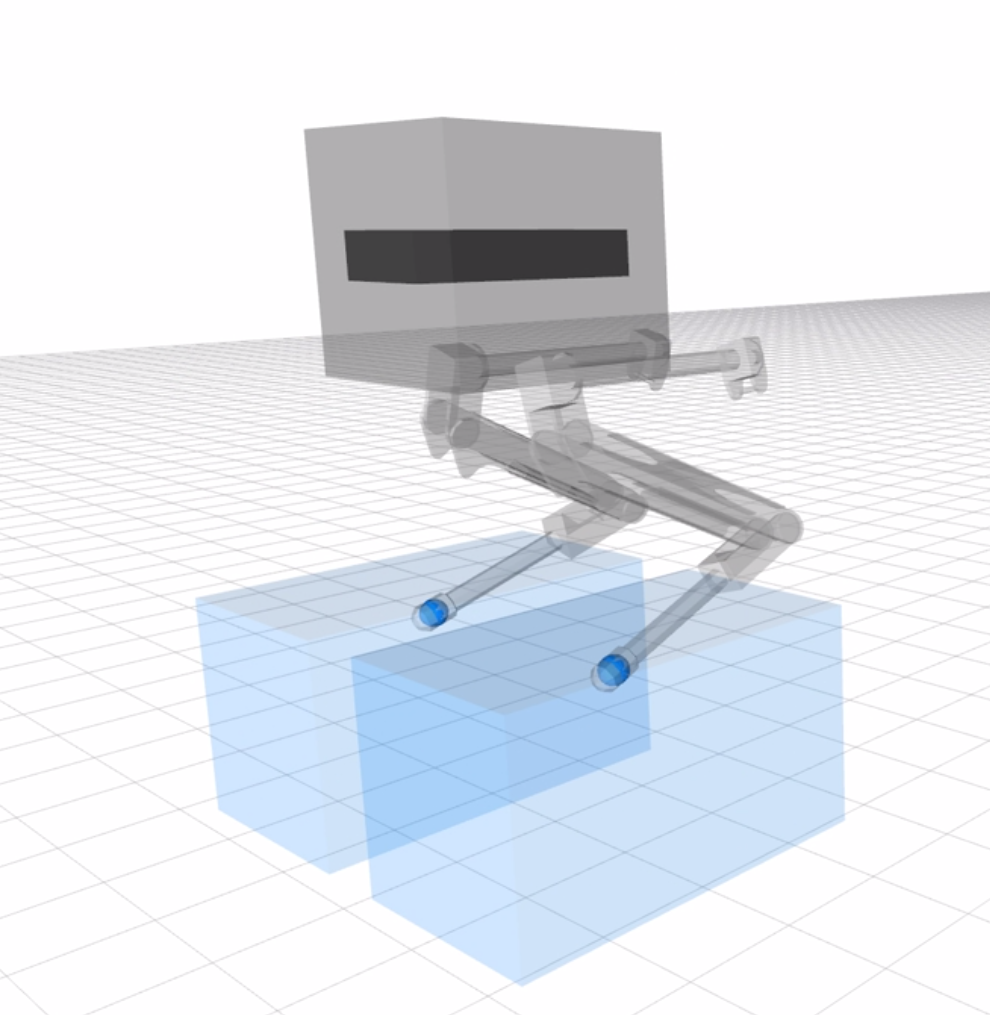

Gait Optimization
R | 2 | L | R | 2
R | 0 | R | 2 | R | 2
.... gait defined by continuous phase-durations \(\Delta T_i\)

without Integer Programming
Sequence:
swing
stance
individual foot always alternates between and

Phase-Based End-Effector Parameterization
Know if polynomial belongs to swing or stance phase
-
Foot \( \mathbf{p}_i(t)\) cannot move while

Physical Restrictions
- Forces \(\mathbf{f}_i(t)\) cannot exist while


standing
swinging

Terrain constraints
Foot can only stand on terrain
Forces can only push
Forces inside friction pyramid
- height map \( h(x,y) \in \mathbb{R}\)
- normals \( \mathbf{n}(x,y) \in \mathbb{R}^3 \)
- tangents \( \mathbf{t}(x,y) \in \mathbb{R}^3 \)
Given:



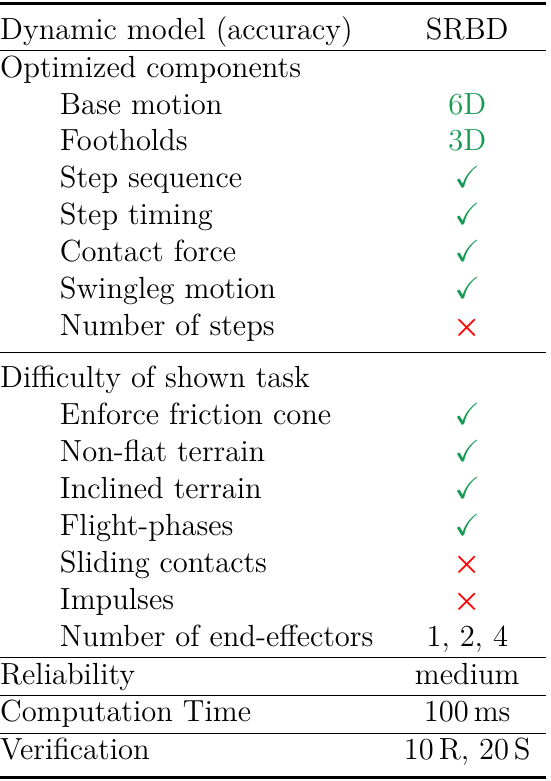

open-sourced software
Summary
Computation Time 100 ms
1s-horizon, 4-footstep motion for a quadruped

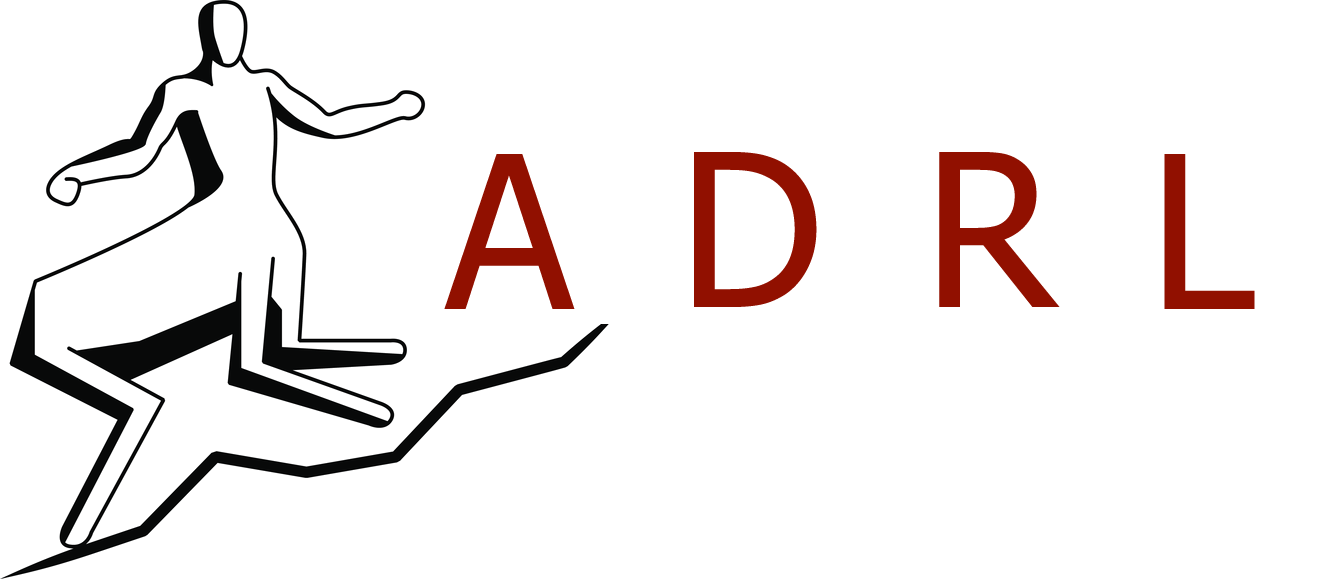


$ sudo apt-get install ros-kinetic-xppThese slides, papers and more at

J. Buchli

M. Hutter

D. Bellicoso
$ sudo apt-get install ros-kinetic-towr_ros$ sudo apt-get install ros-kinetic-ifopt

A. Winkler


